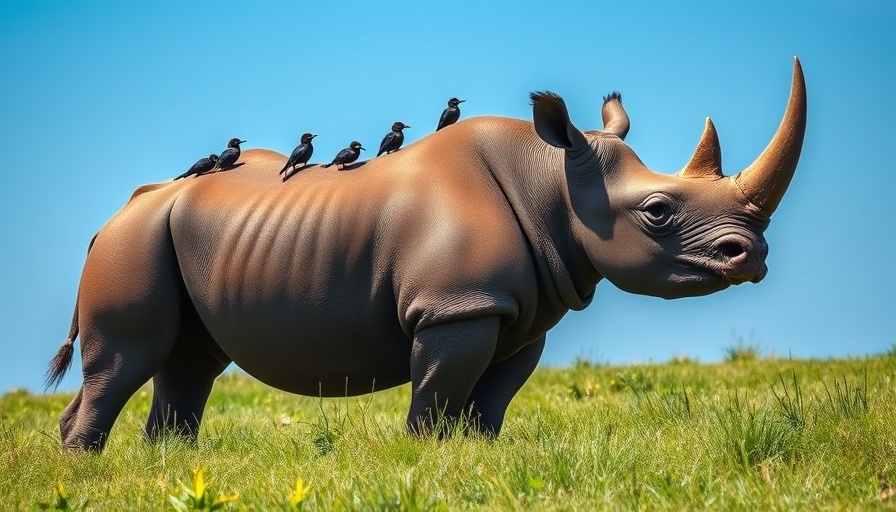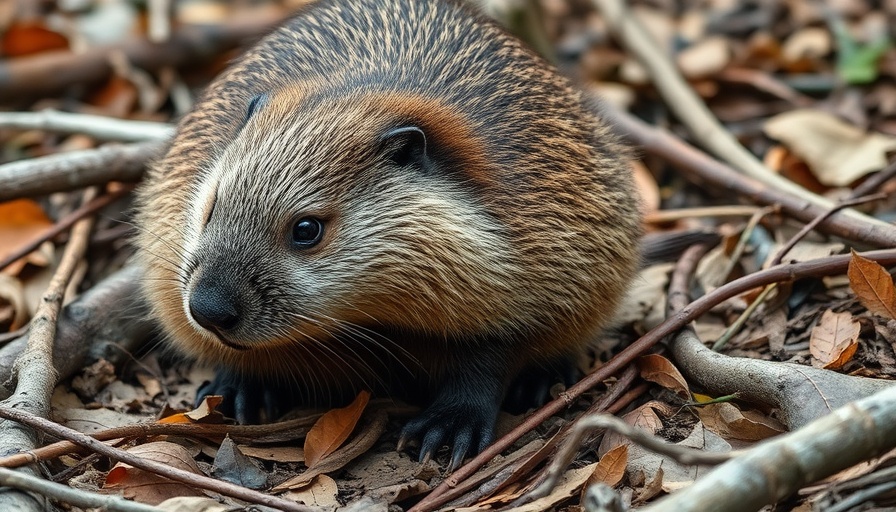
Walia Ibex: An Endangered Jewel of the Simien Mountains
At the heart of Ethiopia’s Simien Mountains lies the Walia ibex, an emblematic species that has captured the hearts of wildlife enthusiasts. These majestic wild goats, known for their impressive curved horns and agile climbing abilities, are now facing a dire situation. Once numbering over 800 individuals in 2015, the population has plummeted to just over 300, seeing signs that vaccination of this precious species is necessary for reversing this trend.
Restoring Balance: Impact of Human Disruptions
The plunge in Walia ibex numbers coincides with significant disruptions in Ethiopia: the COVID-19 pandemic and the Tigray war. Park rangers, who usually safeguard these stunning creatures, have struggled to do their jobs amidst the chaos. The connection between the local communities and the park has frayed, leading to an onslaught of poaching and habitat degradation. Scholars and researchers like Paul Scholte highlight how economic instability fosters conditions that compromise wildlife protection and illustrate this with compelling narratives from park staff and villagers.
A Second Chance: From Vulnerable to Critically Endangered?
The Walia ibex’s conservation status has seen a rollercoaster ride, shifting from endangered to critically endangered and back again. In 2020, the species was declared vulnerable, a classification now considered outdated amid unraveling population trends. Scholte and fellow researchers, having collected insights from locals, propose re-listing the Walia ibex as critically endangered—a move that aims to mobilize support and resources for continued protection and monitoring.
Community Involvement: Key to Conservation
Determining the trajectory of the Walia ibex is not solely within scientific hands. Engaging local communities is central to reversing the tide—seeking their cooperation and involvement is crucial. Ongoing discussions point to the potential of establishing a community-driven action plan that encompasses education, sustainable practices, and conservation awareness. Communities with vested interests can transform into passionate advocates, leading to outcomes beneficial for both wildlife and local livelihoods.
Hope in Adversity: Conservation’s Bright Side
As we navigate the complex web of challenges facing the Walia ibex, it’s critical to acknowledge the resilient spirit of conservationists and community members dedicated to protecting this unique species. As new action plans materialize, integrating local knowledge and international oversight can pave the way for a revival in Walia ibex numbers. Encouragingly, funding initiatives are underway—showing promising signs of public interest in protection efforts.
What You Can Do: Two Simple Steps
Feeling inspired to help protect the Walia ibex? You don't need to be a conservation expert to make a difference. One way to lend a hand is by contributing to established wildlife organizations. Even a modest donation can significantly impact on-the-ground conservation efforts. Secondly, advocate for awareness about the plight of the Walia ibex and share these findings with friends and family to rally support.
In summary, the Walia ibex story is one of resilience. While the situation is dire, community involvement and sustained conservation efforts encourage a brighter future for this iconic species. The juxtaposition of hardship and hope underscores the need for collective action in wildlife preservation. Together, let’s keep the spirit of the Walia ibex alive.
 Add Row
Add Row  Add
Add 




Write A Comment